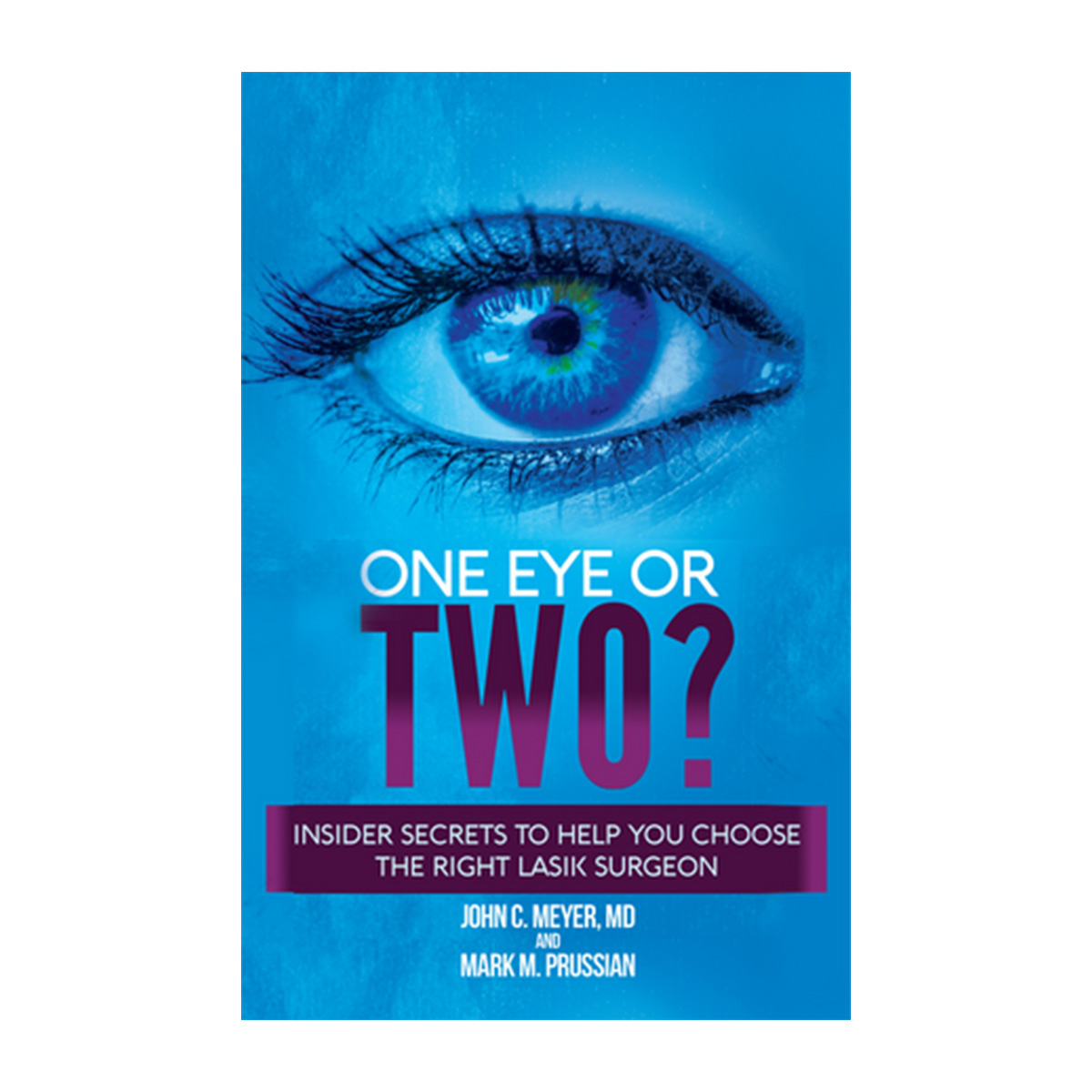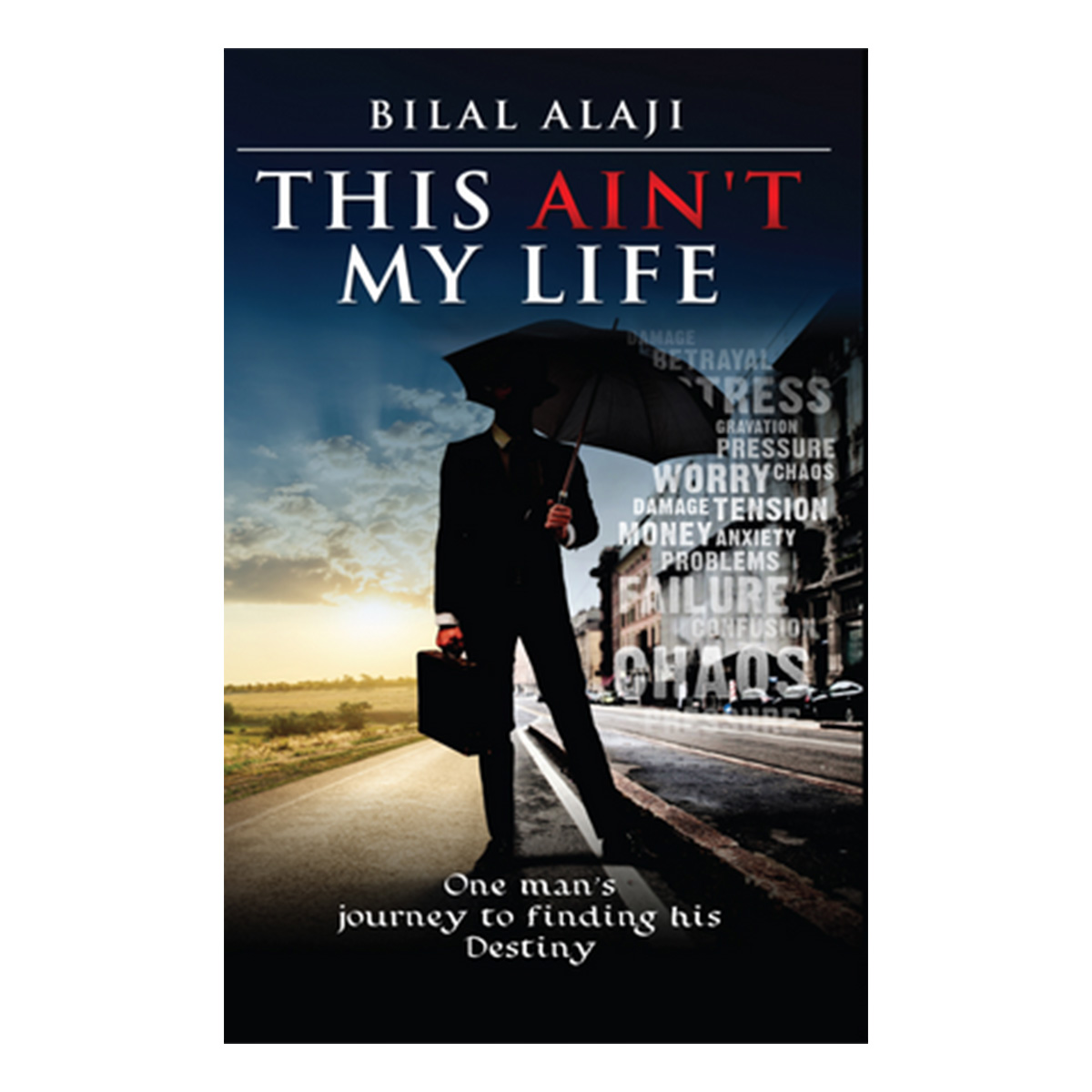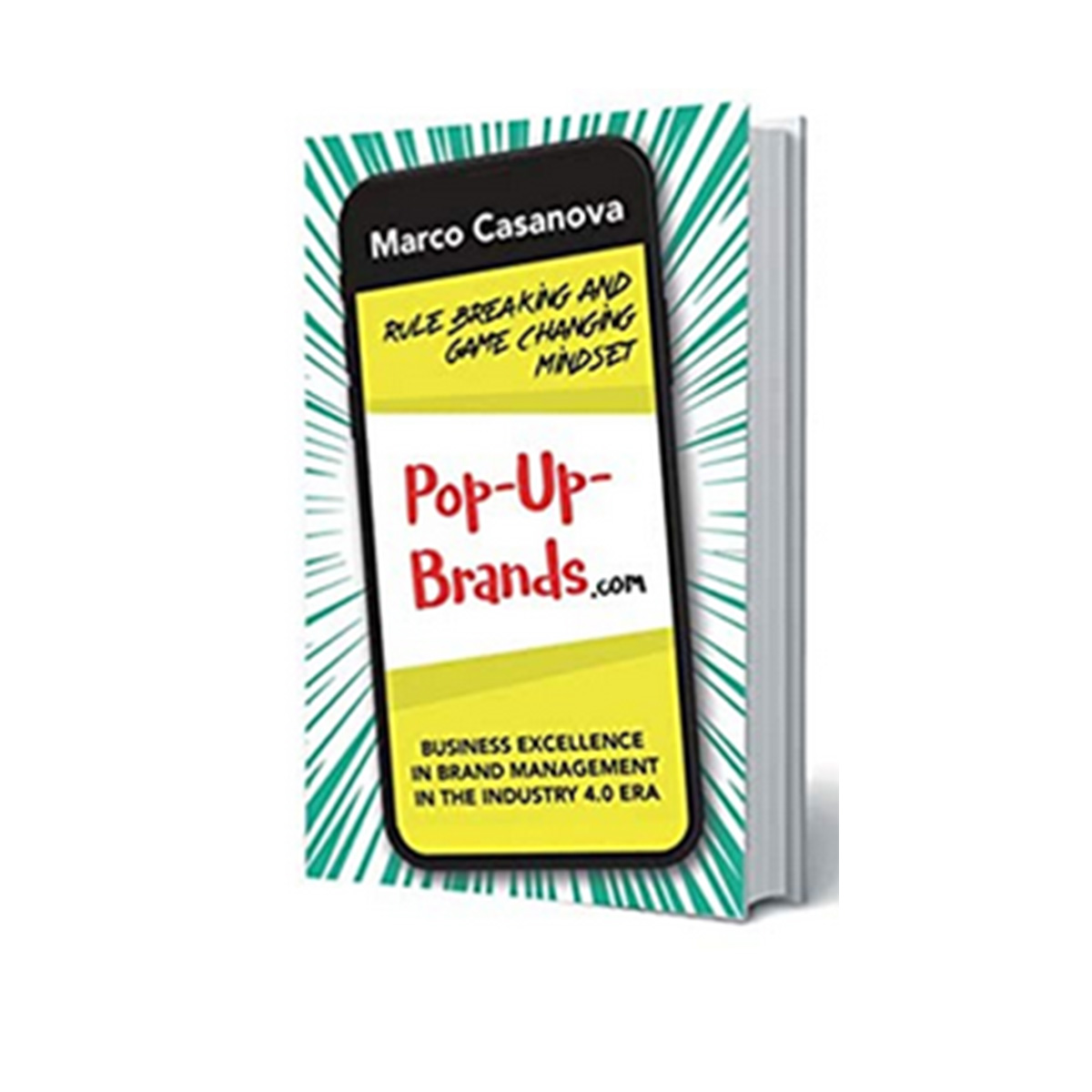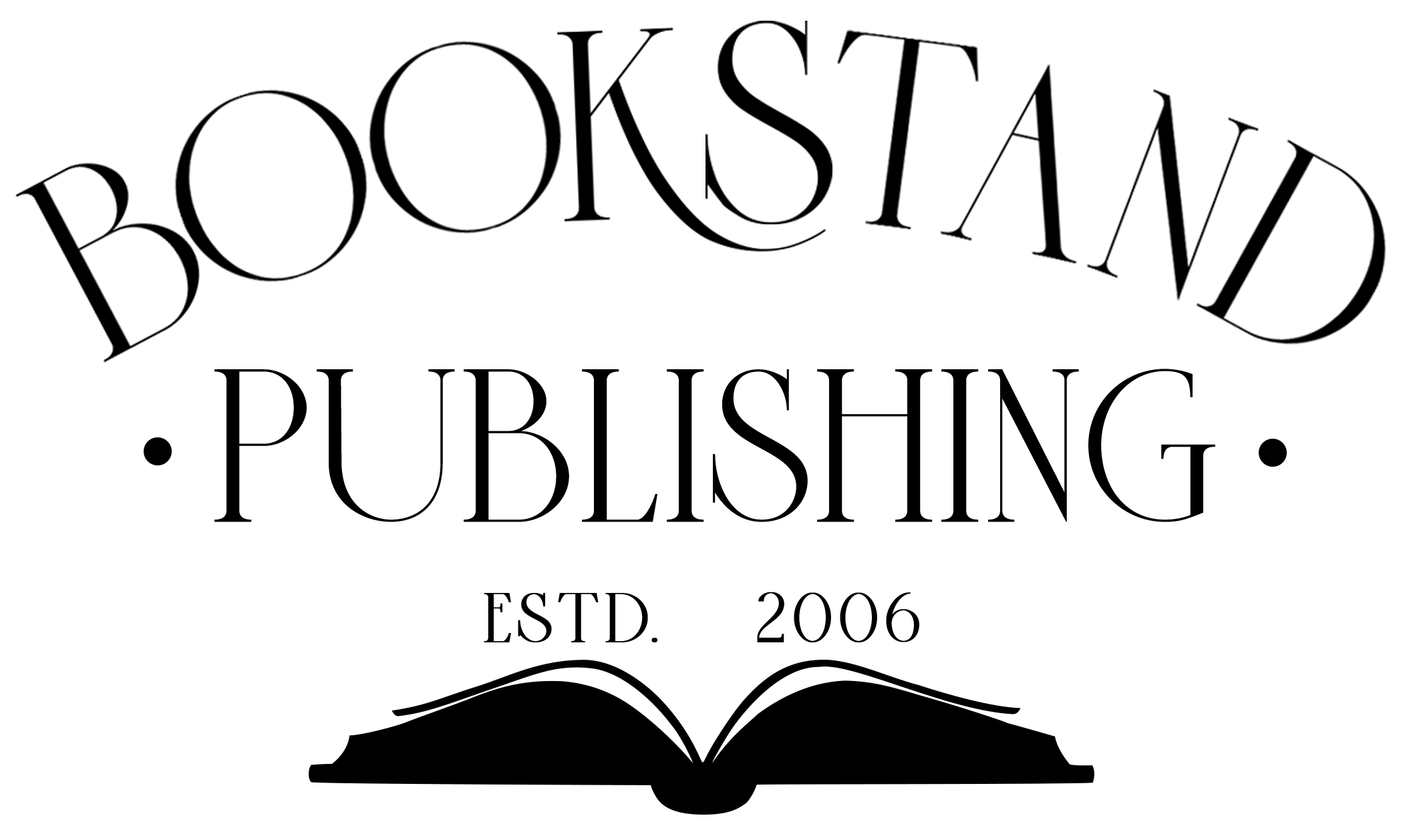Photographs and images in your book can help you tell your story and add interest, clarity and excitement to your book. A powerful image on the cover of your book, can do a lot to help sell your book.
However, the laws and regulations for when you can and can’t use a photograph in your book can be confusing and, if you aren’t careful, can get you in trouble. Here are some simple guidelines to help end the confusion and keep you out of trouble.
Permissions
As a rule, if you didn’t take the picture yourself, you have to have written permission from the copyright holder to use the image in your book. The two exceptions to this are:
- Public Domain: Under United States copyright law, all images published before January 1, 1923 in the United States are now in the public domain. Just because something is posted on the World Wide Web does NOT mean it is under public domain. In fact, most images on the World Wide Web are copyright protected and cannot be used without permission.
- Fair use: Fair use of a copyrighted work for purposes such as criticism, comment, news reporting, teaching (including multiple copies for classroom use), scholarship, or research, is not an infringement of copyright. You can read more about Fair Use here: http://en.wikipedia.org/wiki/Fair_use Please keep in mind that if you intend to profit from the sale of your book, the images you use in your book will probably NOT be covered by Fair Use.
Getting Permission
If you have a specific image you want to use, you will need to write a letter or send an email to the person who holds the copyright of the image and ask permission to use the image. In some cases, the copyright owner of the image will allow you to use the image for free, but in many cases they may request you pay a fee for the right to use it.
There are a number of stock photo sites that will sell you images and the right to use the image in your book for a nominal fee. My favorite image sites are:
This is a FREE stock photo site with over 350,000 images:
Wikepedia offers a list of image resources for public domain images:
Wikepedia is a good spot to search for images as the copyright restrictions on images are clearly labeled and many have been released into the public domain or are available for restricted use.
Images of People
If you took a picture of a group of individuals you may or may not need to get their permission to use the image in your book.
If you are using the image for editorial purposes, it’s usually okay to use them without permission.
If you are using photos with people in them for advertising, you need their permission. People have the right to profit from their photograph or likeness and this right continues after death and is given to their heirs
Usually, using an image on the cover of your book would be considered an image for advertising purposes (since your cover is used to promote and sell your book) and using an image inside your book would be considered for editorial purposes. For example, If you have pictures inside your book showing people white water rafting down a river, you will probably not need their permission. If you put that same picture on the cover of your book, however, you should get their permission.
Logos and Brand Names
Be wary of using logos, symbols, brand names, company names, and trademarks in an image. Even using very old images of a brand name or trademark still in use, can get you in trouble.
Please note that I am not a lawyer and I am not engaged in rendering legal services. When working with legal issues, or if you have any questions on using a photo in your book, you should always seek experienced, professional counsel.
Article Tags
Photographs and images in your book can help you tell your story and add interest, clarity and excitement to your book. A powerful image on the cover of your book, can do a lot to help sell your book.
However, the laws and regulations for when you can and can’t use a photograph in your book can be confusing and, if you aren’t careful, can get you in trouble. Here are some simple guidelines to help end the confusion and keep you out of trouble.
Permissions
As a rule, if you didn’t take the picture yourself, you have to have written permission from the copyright holder to use the image in your book. The two exceptions to this are:
- Public Domain: Under United States copyright law, all images published before January 1, 1923 in the United States are now in the public domain. Just because something is posted on the World Wide Web does NOT mean it is under public domain. In fact, most images on the World Wide Web are copyright protected and cannot be used without permission.
- Fair use: Fair use of a copyrighted work for purposes such as criticism, comment, news reporting, teaching (including multiple copies for classroom use), scholarship, or research, is not an infringement of copyright. You can read more about Fair Use here: http://en.wikipedia.org/wiki/Fair_use Please keep in mind that if you intend to profit from the sale of your book, the images you use in your book will probably NOT be covered by Fair Use.
Getting Permission
If you have a specific image you want to use, you will need to write a letter or send an email to the person who holds the copyright of the image and ask permission to use the image. In some cases, the copyright owner of the image will allow you to use the image for free, but in many cases they may request you pay a fee for the right to use it.
There are a number of stock photo sites that will sell you images and the right to use the image in your book for a nominal fee. My favorite image sites are:
This is a FREE stock photo site with over 350,000 images:
Wikepedia offers a list of image resources for public domain images:
Wikepedia is a good spot to search for images as the copyright restrictions on images are clearly labeled and many have been released into the public domain or are available for restricted use.
Images of People
If you took a picture of a group of individuals you may or may not need to get their permission to use the image in your book.
If you are using the image for editorial purposes, it’s usually okay to use them without permission.
If you are using photos with people in them for advertising, you need their permission. People have the right to profit from their photograph or likeness and this right continues after death and is given to their heirs
Usually, using an image on the cover of your book would be considered an image for advertising purposes (since your cover is used to promote and sell your book) and using an image inside your book would be considered for editorial purposes. For example, If you have pictures inside your book showing people white water rafting down a river, you will probably not need their permission. If you put that same picture on the cover of your book, however, you should get their permission.
Logos and Brand Names
Be wary of using logos, symbols, brand names, company names, and trademarks in an image. Even using very old images of a brand name or trademark still in use, can get you in trouble.
Please note that I am not a lawyer and I am not engaged in rendering legal services. When working with legal issues, or if you have any questions on using a photo in your book, you should always seek experienced, professional counsel.










